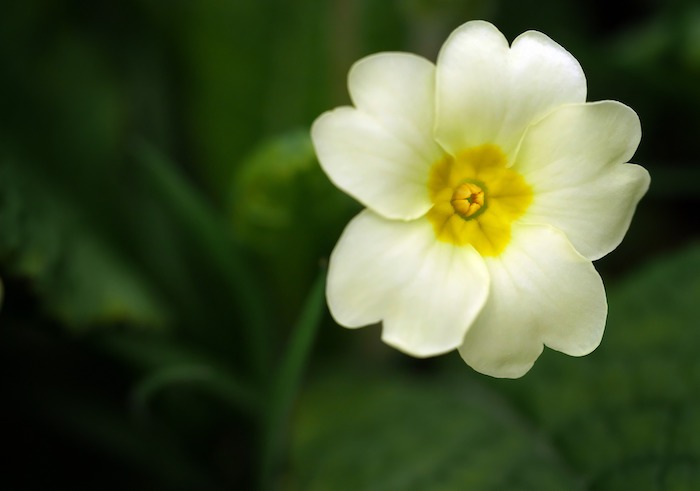
Yes. Winter IS Coming. But that doesn’t mean your lawn has to be dead and grey as The Wall!
(for those who are not Game of Thrones fans, pardon our dorkiness)
Plants seem to die in the winter because ice crystals form within the plant cells. Although plants make a strong effort to protect themselves from freezing by concentrating solutes like sucralose to depress the freezing point inside their cells, this is only effective to about 20 degrees Fahrenheit. After that point, the water in cells can actually freeze into crystals that puncture the cell wall membranes, leading to widespread destruction.
But there is a cure… plant flowers specifically for the winter that flourish in the cold.
Looking for lawn care near you? We offer all sorts of lawn services in Charlotte, Raleigh, Richmond, Nashville and Washington DC metro areas.
Check out these 5 winter flowers that actually BLOSSOM in the winter.
1. Calendulas (Calendula officinalis)

Daisy-like calendula provides easy color from late fall through spring in mild-winter climates, and are long lasting in a vase.
Choose classic orange and bright yellow, or opt for subtler shades of apricot, cream, and soft yellow. Branching plants are 1 to 2 feet high and 1 to 1½ feet wide and look great as masses of color or in a container.
Calendula plants take full sun and moderate water. They will tolerate many soils as long as they have good drainage. Remove the spent flowers to prolong bloom.
2. Pansy

The name of this flower is deceiving. The pansy is a tough flower! These low-growing plants (6 to 10 inches tall) with five-petaled flowers are top sellers year after year for good reason.
They deliver lots of blooms over a long period, come in a huge range of colors ― both solids and bicolors ― and bloom through winter in much of the West. (‘Dynamite Blotch’ is pictured here.)
The large-flowered, faced varieties may catch your eye first in nurseries. But when planted en masse, nonfaced, single-colored varieties are often more striking.
3. English Primrose

Most primroses bloom in spring or summer, but English primrose (as well as fairy primroses and Chinese primroses) are also excellent choices for winter color.
Circular flowers arise either alone or in clusters from a foliage rosette. English primrose (pictured here) comes in nearly every color and grows 8 to 12 inches high and 9 inches wide.
Primroses can take full sun in cooler climates, part to full shade otherwise. All need regular water.
4. Winter Jasmine (Jasminum nudiflorum)

The slender, willowy stems of this jasmine stand out beautifully in a winter landscape. Bright yellow flowers appear in winter or early spring, before handsome glossy, three-leafleted leaves unfurl. Don’t be disappointed though – the flowers on this jasmine are unscented.
The vine will reach 4 feet high and 7 feet wide if unsupported. Train it on a wall and it will grow to 15 feet tall. Winter jasmine will grow in less-than-perfect conditions but will be a most prolific bloomer in full sun and good soil.
Cut back heavily before spring growth occurs to keep tidy, and pinch as needed throughout the year to control growth.
5. Viola

Like their relative the pansy, violas light up gray days with happy colors and sweet fragrance. They’re a wonderful overwintering plant and self-sow readily.
Rain really beats down pansy flowers, but violas bounce back quickly.
Violas are smaller than pansies (between the size of a nickel and a quarter) but have more flowers per plant. They come in blue, yellow, white, and cream and bi-colored varieties. (‘Penny Mickey’ is pictured here.)
Use violas for mass color in borders and edging, as covers for spring bulbs, or for quick color in winter containers.
Violas take sun or part shade. Pick flowers to prolong bloom. Remove plants in summer if they begin to look ragged.
To help you with your garden and weeding, call a local landscape professional today.
Popular locations for lawn care services:
Main Photo Credit: ElenaMorgan / Canva Pro / License





